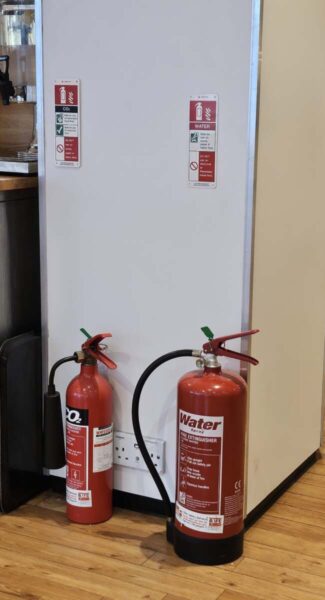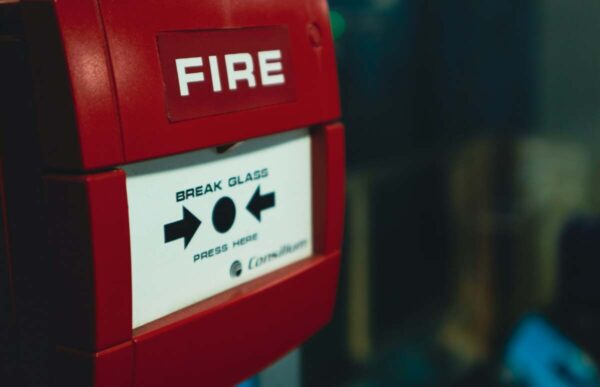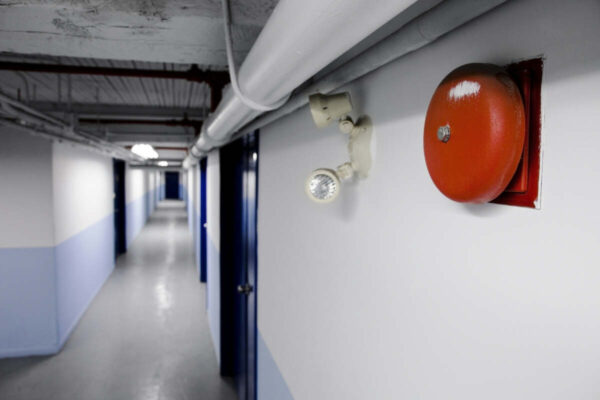
Factories are inherently high-risk environments due to the presence of flammable materials, complex machinery, and intensive operational processes. Ensuring robust fire safety measures is crucial to protect employees, assets, and maintain business continuity. This blog outlines best practices for fire safety in factories, helping you mitigate fire risks and create a safer working environment.
- Conduct a Comprehensive Fire Risk Assessment
A thorough fire risk assessment is essential to identify and address potential fire hazards:
- Identify Fire Hazards: Examine all areas of the factory, including production floors, storage rooms, and electrical systems, to identify sources of ignition, fuel, and oxygen.
- Evaluate Risks: Assess the likelihood and impact of each identified hazard. Consider factors like the volume of flammable materials, machinery risks, and building layout.
- Implement Controls: Develop strategies to eliminate or mitigate risks, such as improving ventilation, maintaining equipment, and properly storing hazardous materials.
- Install and Maintain Fire Detection Systems
Effective fire detection is crucial for early intervention:
- Smoke and Heat Detectors: Install smoke detectors in all key areas, including production and storage zones. Use heat detectors in areas prone to dust or steam. Regularly test and maintain these devices.
- Fire Alarm Systems: Implement a comprehensive fire alarm system with audible and visual alarms to alert all employees and emergency services. Ensure the system is regularly tested and serviced.
- Equip Your Facility with Fire Suppression Systems
Fire suppression systems are vital for controlling fires quickly:
- Sprinkler Systems: Install automatic sprinkler systems throughout the factory, focusing on high-risk areas such as storage and production zones.
- Specialized Suppression Systems: For specific hazards (e.g., electrical fires, chemical fires), use specialized suppression systems like clean agent systems or foam systems.
- Fire Extinguishers: Place appropriate fire extinguishers (e.g., Class A, B, C) inaccessible locations. Ensure they are regularly inspected and maintained.
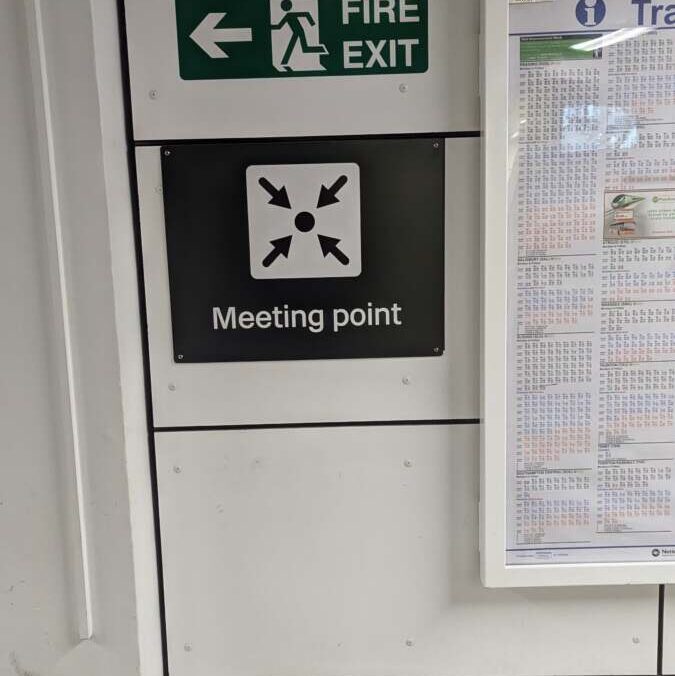
- Maintain Clear and Accessible Escape Routes
Effective evacuation procedures are crucial for safety:
- Designated Exits: Ensure all exits are clearly marked with illuminated signs and kept free of obstructions. Doors should open quickly and remain accessible.
- Emergency Lighting: Install emergency lighting along escape routes to guide employees during a power outage or smoke-filled conditions.
- Evacuation Plans: Develop and post clear evacuation plans in common areas. Ensure all employees are familiar with these plans and the location of exits.
- Train Employees on Fire Safety Procedures
Proper training ensures that employees know how to respond in a fire emergency:
- Fire Safety Training: Provide comprehensive training on fire prevention, how to use fire extinguishers and evacuation procedures. Include information on identifying and managing fire hazards.
- Regular Drills: Conduct regular fire drills to practice evacuation procedures and ensure employees are prepared for emergencies.
- Designated Fire Wardens: Appoint fire wardens responsible for overseeing evacuation procedures and ensuring all employees are accounted for.

- Implement Safe Work Practices
Adhering to safe work practices can reduce fire risks:
- Machine Maintenance: Regularly inspect and maintain machinery to prevent overheating, sparks, and other fire hazards. Implement a preventive maintenance schedule.
- Safe Storage of Flammable Materials: Store flammable and combustible materials in designated, fire-resistant areas. Use proper containers and ensure safe handling practices.
- Control of Ignition Sources: Manage ignition sources carefully, including hot work activities and electrical equipment. Implement procedures for safely performing these tasks.
- Establish a Fire Safety Management System
A systematic approach helps ensure ongoing fire safety:
- Record Keeping: Maintain detailed records of fire safety inspections, equipment maintenance, employee training, and fire drills. Use these records to track compliance and identify areas for improvement.
Regular Reviews: Review and update fire safety policies and procedures regularly to reflect changes in operations, new risks, or regulatory updates. - Compliance: Ensure compliance with local fire safety regulations and standards. Seek guidance from fire safety experts or local fire authorities as needed.
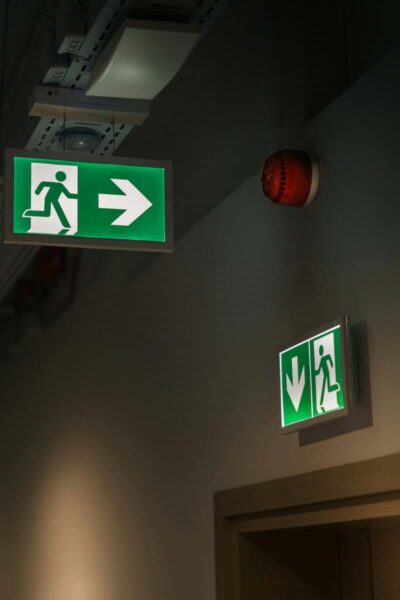
- Plan for Post-Fire Recovery
Preparation for post-fire recovery is also essential:
- Emergency Contacts: Maintain a list of emergency contacts, including local fire services, insurance providers, and disaster recovery specialists.
- Insurance Coverage: Ensure adequate fire insurance coverage to protect against property damage, business interruption, and other losses.
- Damage Assessment: Conduct a thorough damage assessment to identify necessary repairs and develop a plan for resuming operations after a fire.
Fire safety in factories requires a comprehensive approach that includes risk assessment, effective detection and suppression systems, clear evacuation routes, employee training, and adherence to safe work practices. By implementing these best practices, you can significantly reduce the risk of fire, protect employees and assets, and ensure business continuity. Regularly review and update your fire safety measures to maintain a safe and compliant working environment.
